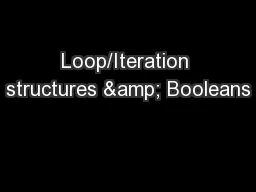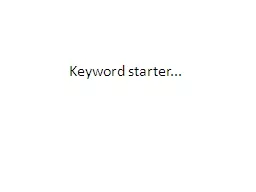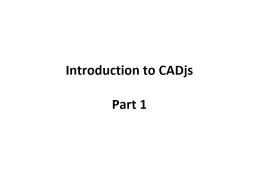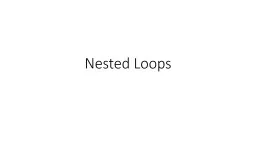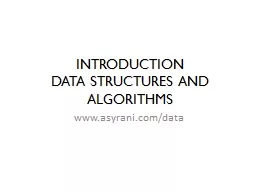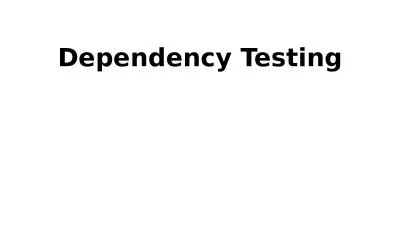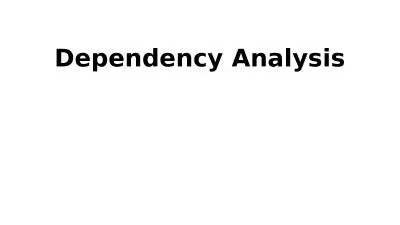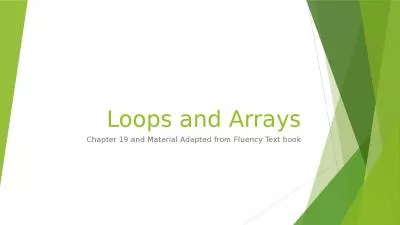PPT-Loop/Iteration structures & Booleans
Author : luanne-stotts | Published Date : 2018-11-04
Iteration Iteration just means we keep doing the same thing over and over until some threshold is reached until a condition has been met Weve already seen a definite
Presentation Embed Code
Download Presentation
Download Presentation The PPT/PDF document "Loop/Iteration structures & Booleans" is the property of its rightful owner. Permission is granted to download and print the materials on this website for personal, non-commercial use only, and to display it on your personal computer provided you do not modify the materials and that you retain all copyright notices contained in the materials. By downloading content from our website, you accept the terms of this agreement.
Loop/Iteration structures & Booleans: Transcript
Download Rules Of Document
"Loop/Iteration structures & Booleans"The content belongs to its owner. You may download and print it for personal use, without modification, and keep all copyright notices. By downloading, you agree to these terms.
Related Documents

